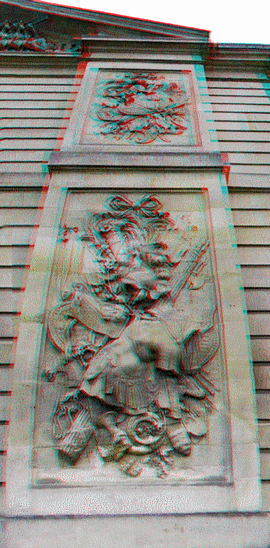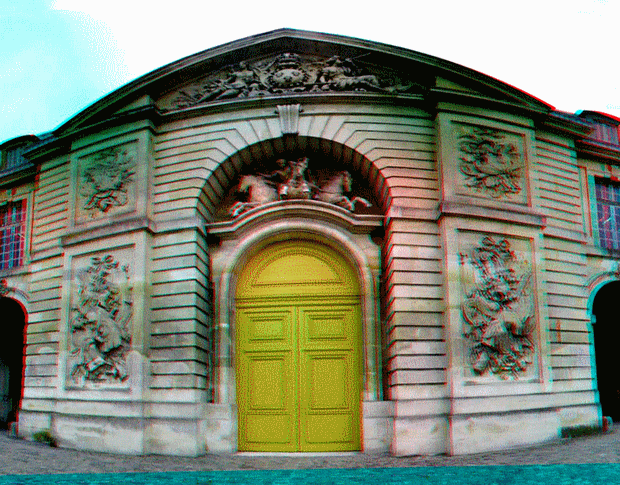 |
What a pity that all the tourists visiting the Palace and gardens of Versailles, and rushing straight ahead through the main gate systematically forget to turn around just for a couple of minutes, because if they did so, they would discover a very interesting perspective: two huge sibling and symmetrical buildings in front of Louis XIVth's equestrian statue: the (former) stables. |
|||||
 |
|||||
On the left you have the Main Stables (Les Grandes Ecuries) and, on the right the Small Stables (Les Petites Ecuries). The facades of each building as well as the inner courtyards have the peculiarity to be decorated with human faces: a lot of mascarons. To be honest, those faces are not particularly attractive, but let us rather think of some beggars, pirates or criminals.
And, if you scrupulously examine all those mascarons, you will rapidly notice that all of them are different: not a single face looks like another one, what reminds us somehow of the "Terracotta Army" of Emperor Qin.
Today I have managed to photograph many times all the mascarons in both stables of Versailles' castle. Here you have a small sample of the whole collection. Let's just notice that certain faces have sharp ears! |
|||||
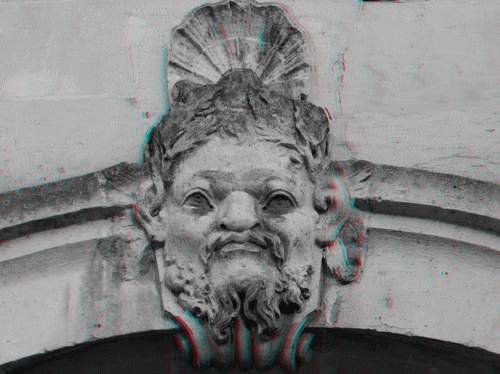 |
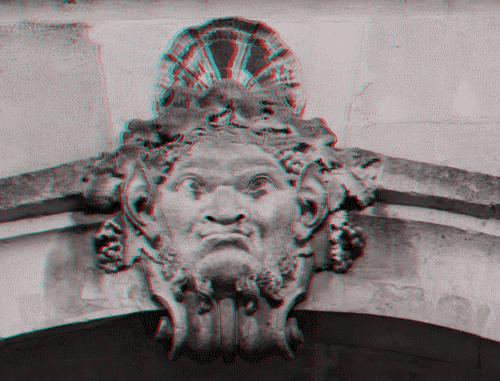 |
||||
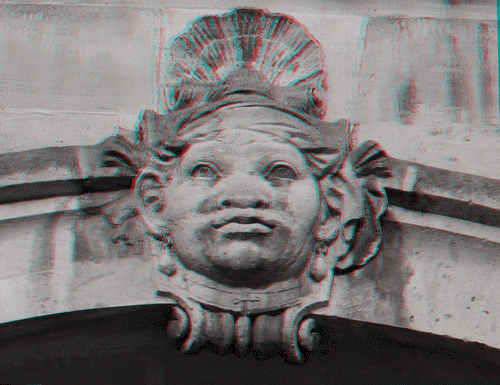 |
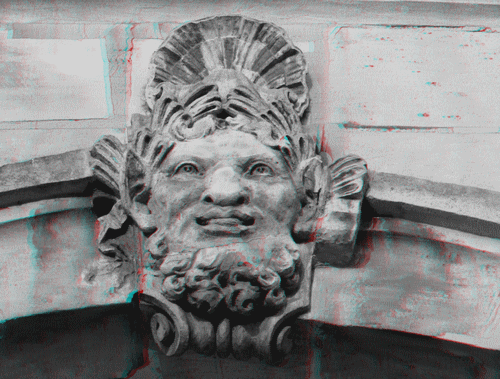 |
||||
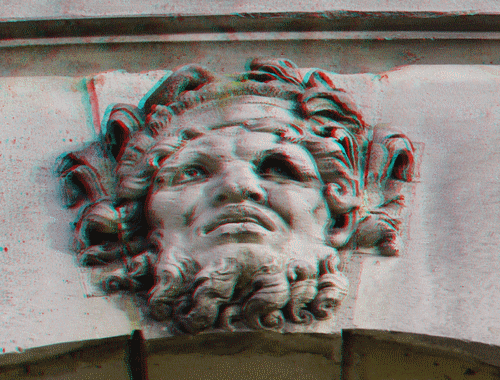 |
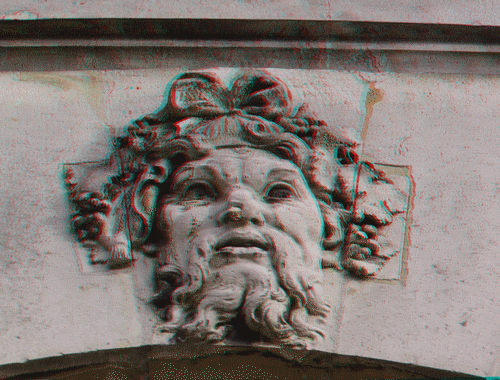 |
||||
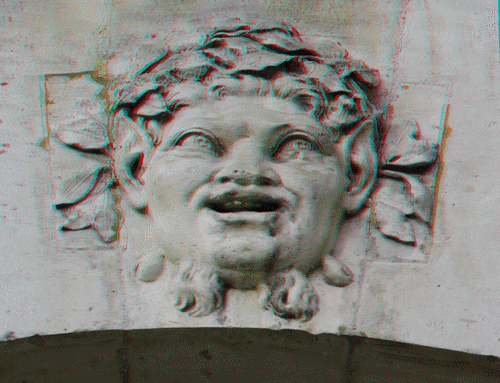 |
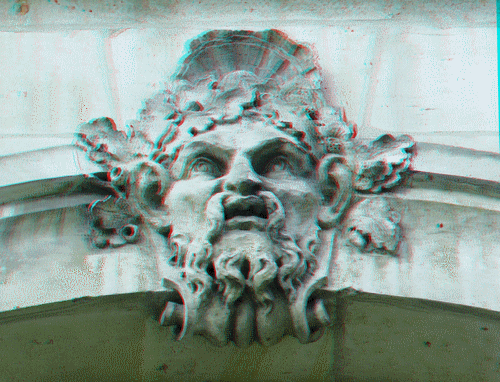 |
||||
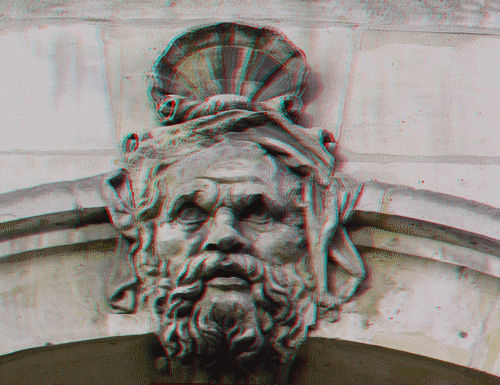 |
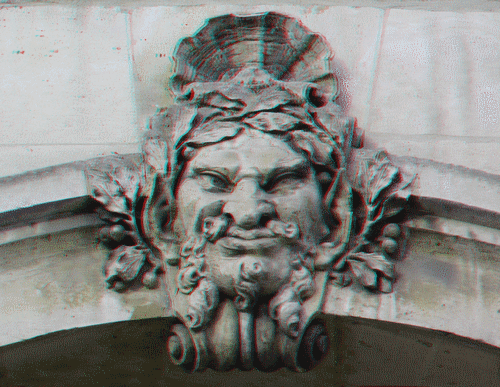 |
||||
Other mascarons decorate the back facade of the castle. You may then notice some differences in the features compared to the faces of the stables: the fact is that there are also women's heads among the mascarons of the castle (first floor). |
|||||
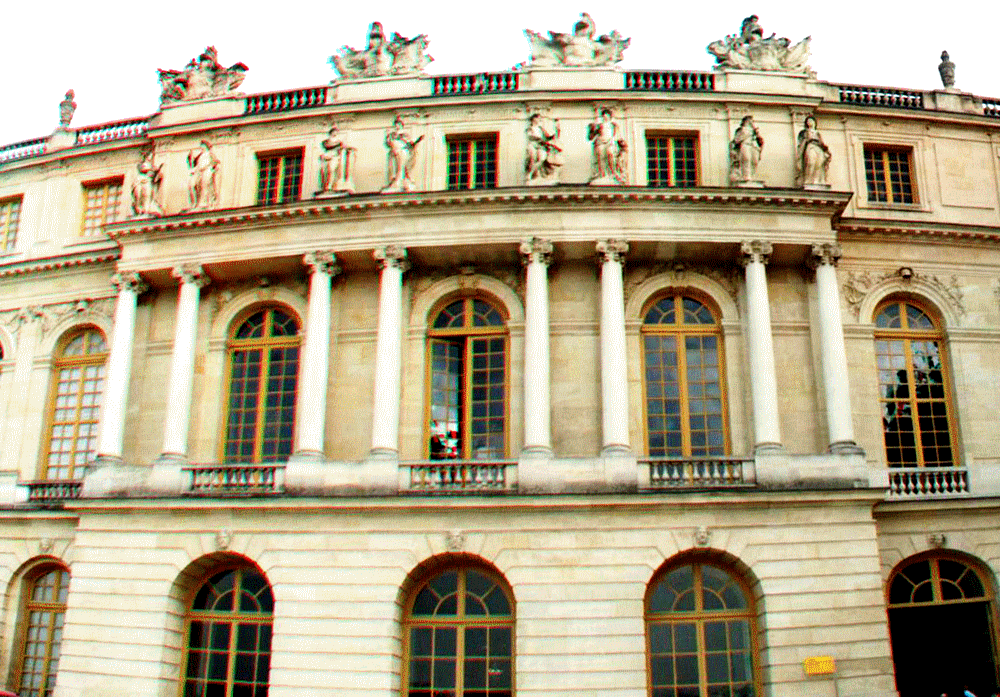 |
|||||
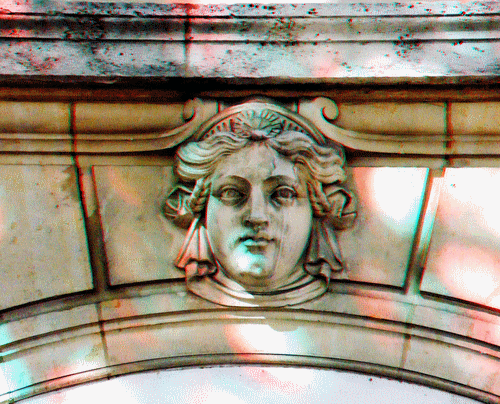 |
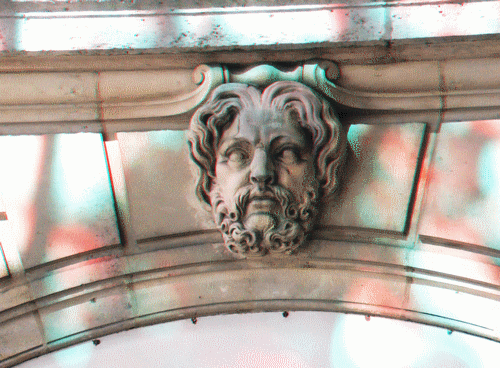 |
||||
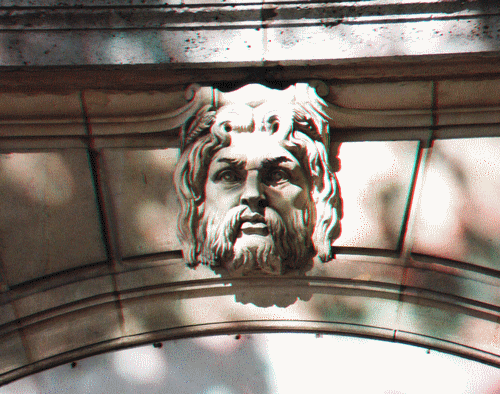 |
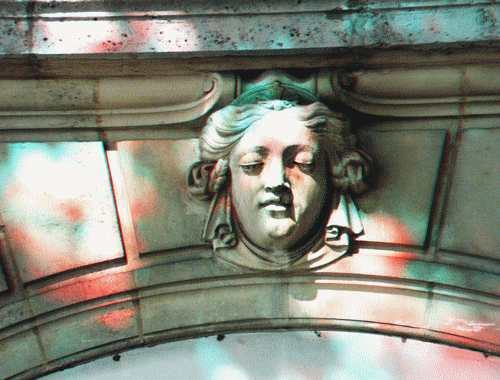 |
||||
And, now suppose that some tourists ask me what would be the right way to make nice pictures of Versailles; I would then advise them to "see widely," I mean to see things in big because our cameras, even with a short lens (wide angle), show us only a small part of a perspective while here everything seems immense as when we stand in the mountains or by the sea. Of course there are some tips to use in order to (re)create the sensation of immensity!
Let's consider what someone generally obtains from a normal camera when trying to photograph the place in front of Versailles' Castle: four little (uninteresting) pieces. |
|||||
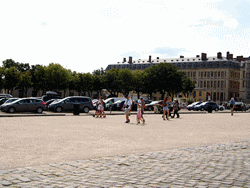 |
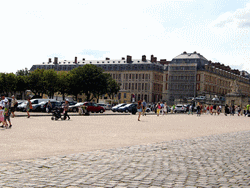 |
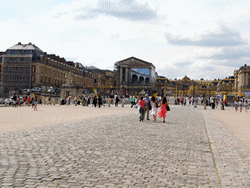 |
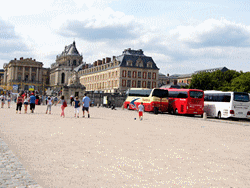 |
||
But that way of cutting the perspective does not interest me. Why shouldn't I then opt for a small trick, using the panorama? A lot of people forget that most of the modern cameras can make "pans" (panoramic shots) quite automatically!
Here you have an interesting option. I must remind you that the pictures that you are going to see here are just for scouting (= rushes), in order to let me know what I have to do next time. |
|||||
 |
|||||
Another aspect of that problem is represented below: both 'pictures' have been shot from the same distance: on the left a piece of the (back)facade (Small Stables) and, on the right, a bigger part of the facade consisting in many single "pieces". The picture on the right is actually made of many single pictures like the one on the left, having been merged together. Every digital camera makes it possible, but it is much easier with the help of the computer. |
|||||
|
|||||
Same thing with caryatids decorating the facade of the castle. |
|||||
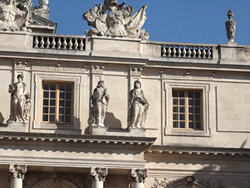 |
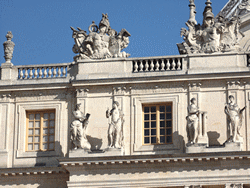 |
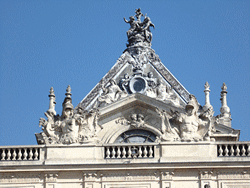 |
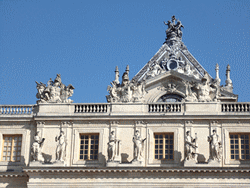 |
||
Of course everything becomes more interesting within a panoramic perspective! One of my project is to make posters in order to decorate apartments, offices, etc. The posters could be 2.40 or 3.60 m. long, even more, depending on the size of the rooms. (See the section "Wallpapers"). |
|||||
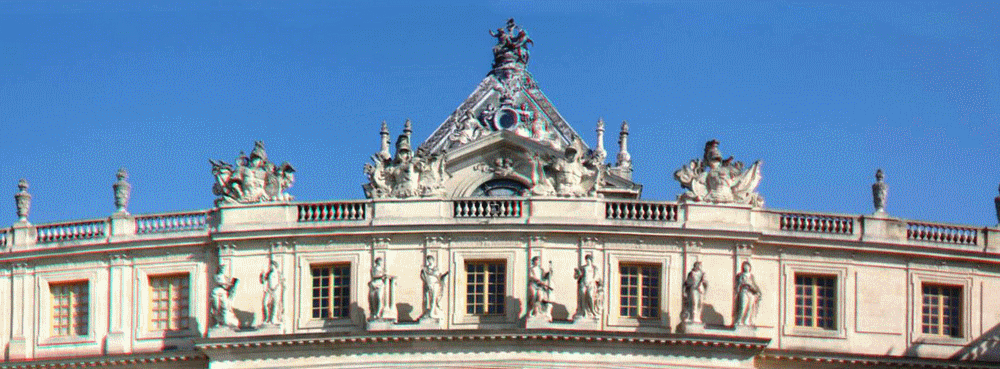 |
|||||
 |
|||||
 |
|||||
 |
|||||
 |
|||||
 |
|||||
 |
|||||
 |
|||||
 |
|||||
 |
|||||
 |
|||||
 |
|||||

